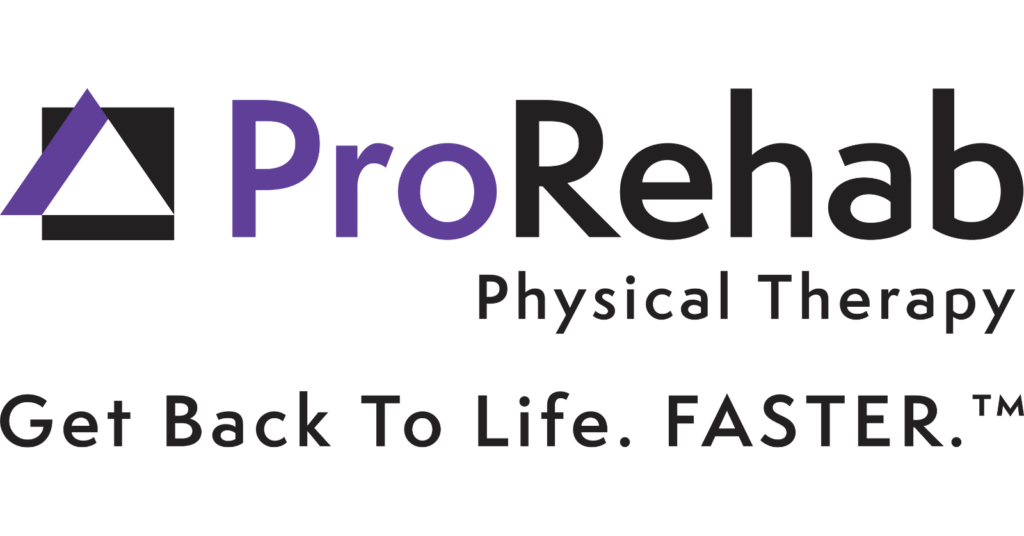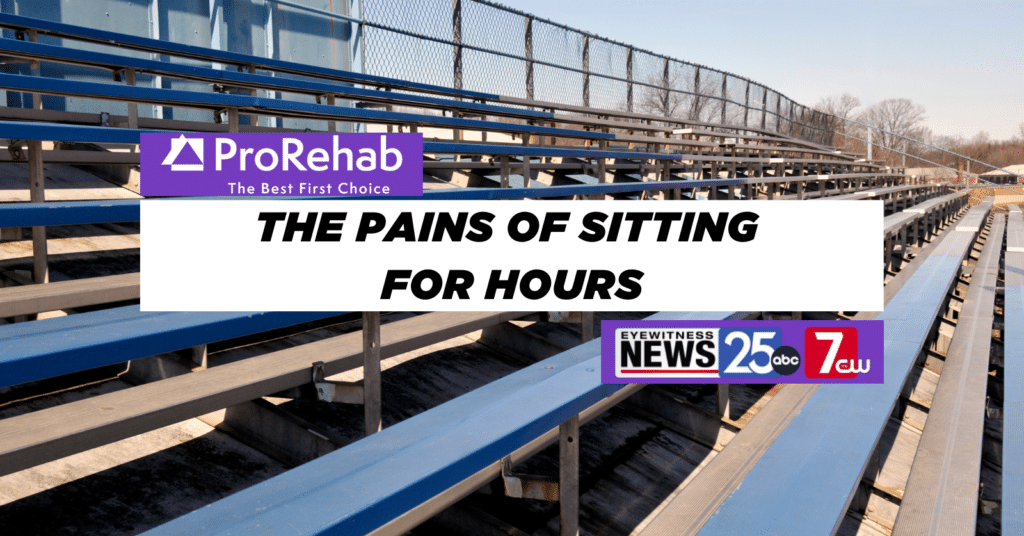Between the fluorescent lights, “ergonomic” desk chairs, and perpetually stocked vending machines, working in an office can feel like the complete antithesis of healthy living.
Luckily for both your sanity and chances of making it to retirement, it doesn’t have to be. Women’s Health integrative medicine expert Vicky Vlachonis, an osteopath and author of The Body Doesn’t Lie, shares eight ways to stay healthy at work.
ZEN OUT YOUR DESK
You might not have control over your office building’s overall aesthetics, but you can control your little corner of the world. How you set up and organize your workspace has a huge influence on your overall mood and ability to shake off stress, says Vlachonis. After all, in one Princeton University study, researchers found that cluttered environments overwhelm your senses and cut down on your brain’s ability to focus. The result: even more stress. So take a trip to the Container Store, throw out those old papers, toss any candy bars that might be hanging around, and put up a few pictures to make your desk feel a little more relaxing and cheerful.
FILL YOUR WELLNESS DRAWER
While you’re rummaging through your desk, go ahead and dedicate a drawer to healthy living. “That way, you’ll have everything you need to nourish your body right there,” says Vlachonis. “No excuses.” Fill it with healthy snacks like fruit, nuts, (non-buttery) popcorn, tea, and anything else that makes you feel healthy, she says.
EMBRACE OILS
Essential oils can be a great addition to any woman’s wellness drawer, says Vlachonis. Whether you prefer to open them up and take a sniff, rub them on, or put a few drops in your water, they can promote digestion, perk you up, and help fight stress. One cool trick: If you feel a stress headache coming on, dab a few drops of cedarwood oil onto the web between your thumb and index finger, and pinch the spot for 10 to 15 seconds. It’ll help relieve the tension and the headache, she says.
DRINK MORE WATER
“The more we hydrate ourselves, the better our whole body functions,” says Vlachonis. And with so many hours spent at the office every day, you can’t afford to hold off hydration until you get home from work. Try that, and you’ll wind up suffering from headaches, constipation, and fatigue. So take a refillable bottle of water to work every day, and refill it the second it hits empty. Bonus: All of those trips to the water cooler—and the bathroom—will help you hit your step goal.
TAKE A POST-LUNCH WALK
Your lunch break is meant for more than just eating. Following your meals with a short walk can help prevent blood-sugar spikes to improve your energy levels, prevent inflammation, and keep cravings at bay, says Vlachonis. So however long your lunch break is, factor in 15 minutes for a post-meal stroll. Walk your halls, or climb a few flights of stairs. If you can get outside, even better: Research published in Frontiers in Psychology shows that spending time outdoors can automatically lower your levels of stress and anxiety, as well as your risk for depression.
MOVE EVERY HOUR
We all know that sitting all day is bad for you: It makes your circulation slow, metabolism drop, muscles tighten, mood plummet, and waistline expand. Vlachonis’ solution: Make it a point to move—whether it’s stretching, walking across the office, or climbing stairs—every hour. Famous for “forgetting” to take a break from work? Consider setting an hourly alarm to go off on your phone, or download Dejal Time Out to lock yourself out of your computer for 10 minutes every hour. Technology FTW. Aim to dedicate at least three of your time-outs to stretching, says Vlachonis.
CLOSE YOUR EYES AND JUST BREATH
Every woman can benefit from a little mindful meditation at her desk. It can increase your energy levels, combat stress, and even lower your sensitivity to pain, says Vlachonis. And according to a series of brain scans from Harvard Medical School, it leads to measurable changes in brain regions associated with memory, sense of self, and stress. But you don’t have to sit on the floor and start saying “ohm” to reap the benefits. While you’re at your desk, just sit up tall, close your eyes, and breathe in and out through your nose, focusing on your breath for a few minutes—or however long you have. “Try to make the breath louder than the thoughts in your mind,” says Vlachonis.
This article was originally published on WomensHealth.com. Click here to view it.




